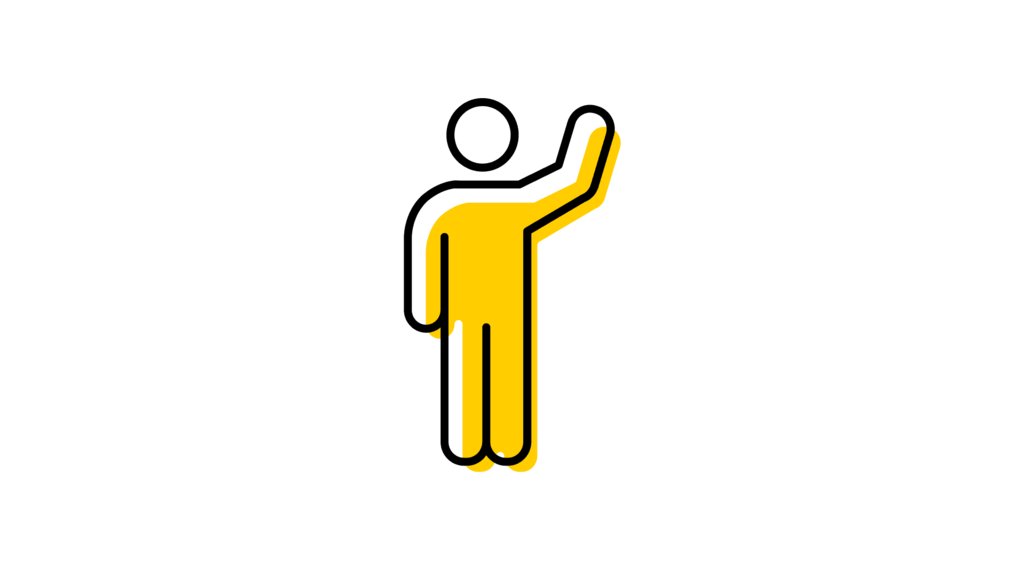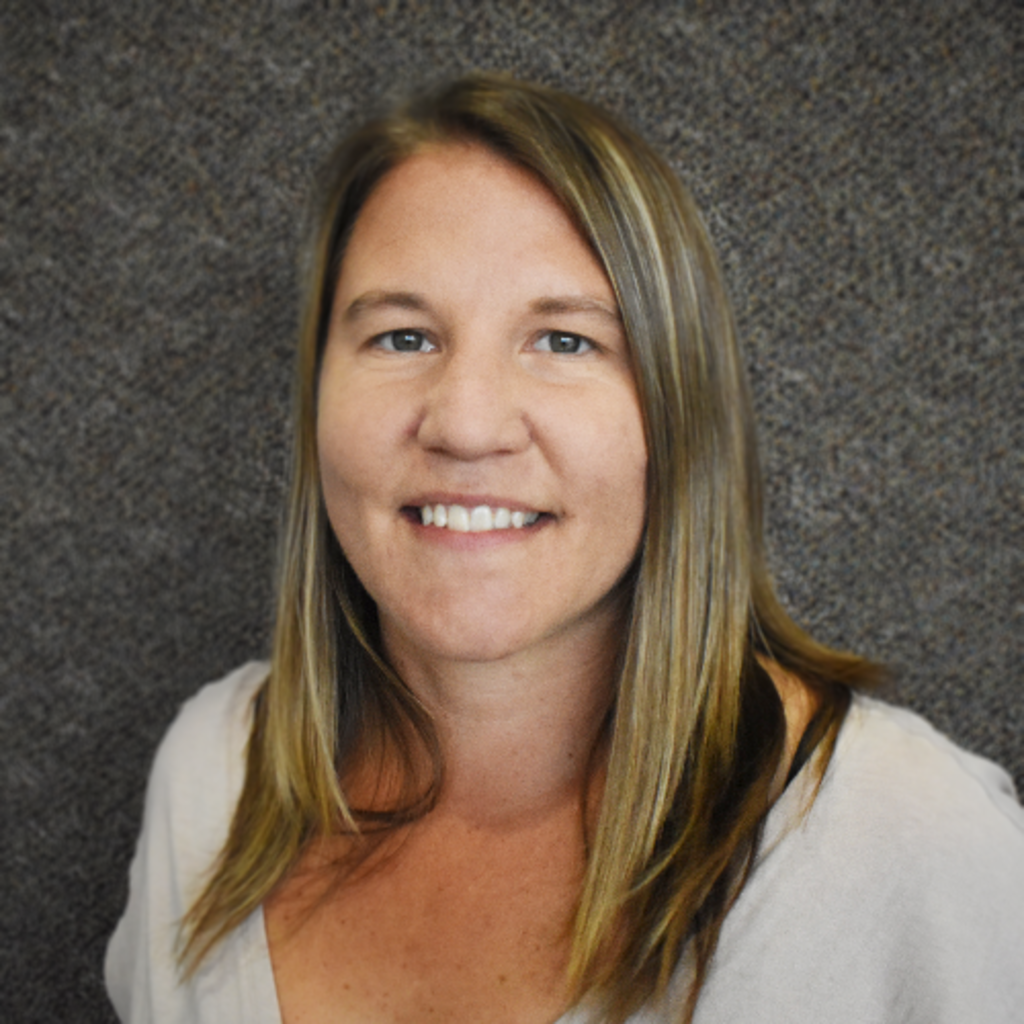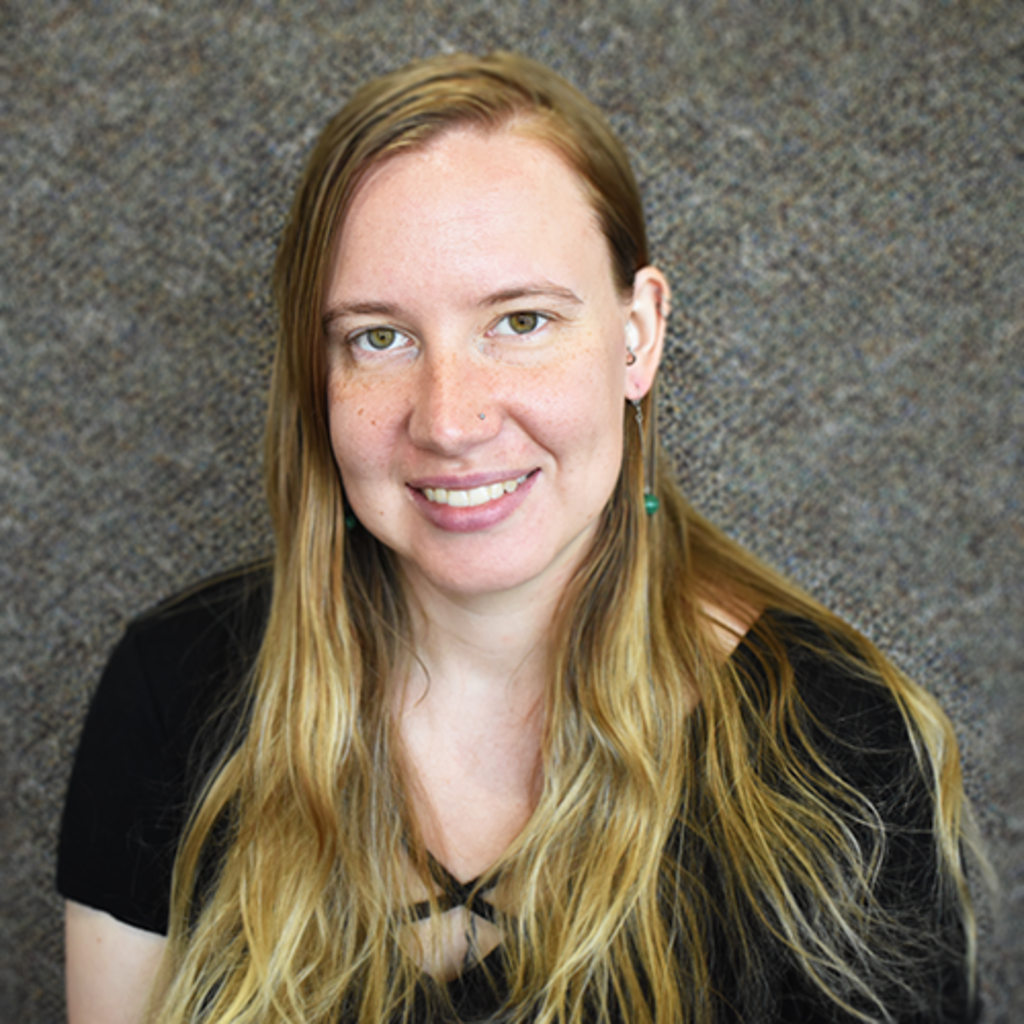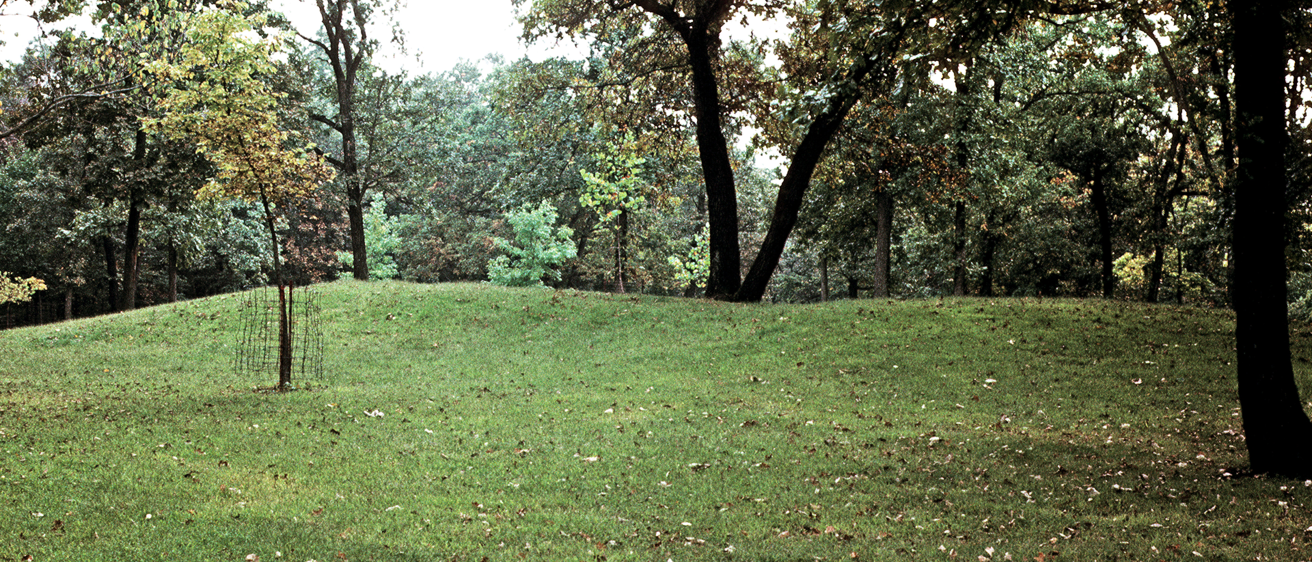Main navigation
Legal protection of burials and human remains in Iowa is established regardless of individuals’ ancestry or antiquity. Ancient human remains and burial sites are considered those older than 150 years. All burial sites including constructed mounds and unmarked cemeteries are preserved and protected and any exposures or inadvertent discoveries of ancient human remains are addressed expeditiously and respectfully.
The Bioarchaeology program at the University of Iowa Office of the State Archaeologist (OSA) is responsible for the investigation, interpretation, and preservation of ancient burial grounds, and when necessary, the recovery and reburial of ancient human skeletal remains. State statutes assigned these duties to the OSA in 1976 after Indians in Iowa raised the issues of proper disposition of Indian burials, the defilement of Indian burial grounds, and equal protection under the law. Enacted through the combined efforts of Indian representatives, the State Archaeologist, state legislators, and the Governor, Chapter 263B of the Iowa Code protects ancient human remains in Iowa. The OSA works closely with the Indian community through an Indian Advisory Council to implement the law.
Over 1,500 Indigenous mounds and other unmarked ancient burial sites are recorded in the statewide archaeological site file maintained by the OSA. The OSA receives information about many additional mounds and other burial sites each year.

Bioarchaeology Services
Examination and study of human remains; statewide field work, survey, and monitoring; project planning review and compliance assistance; and other consultation services.

Burial Sites Management
Caring for known burial sites and cemeteries on public lands and private property.

Planning & Development Considerations
Information for land owners, local and county officials, and developers regarding project planning, accidental discoveries, and the protection of ancient human remains and burial sites.
CONTACT US IMMEDIATELY
If you find a possible ancient burial site or skeletal material that you think may be human, contact the OSA. If the bones are determined to be human, a bioarchaeologist will examine them in an attempt to determine cultural affiliation. If the remains are determined to be Native American and therefore subject NAGPRA, the proper notification and consultation processes will occur.
Bioarchaeology Staff

Lara Noldner, M.S., Ph.D., RPA

